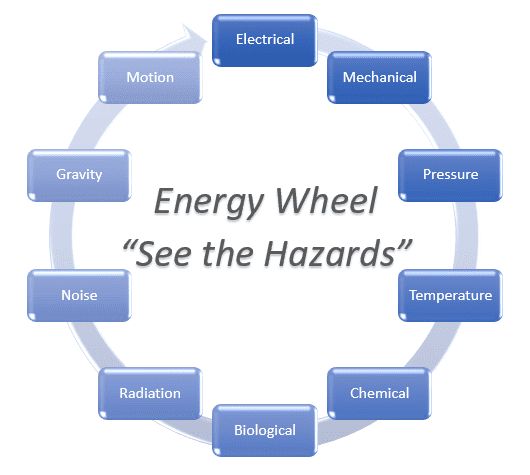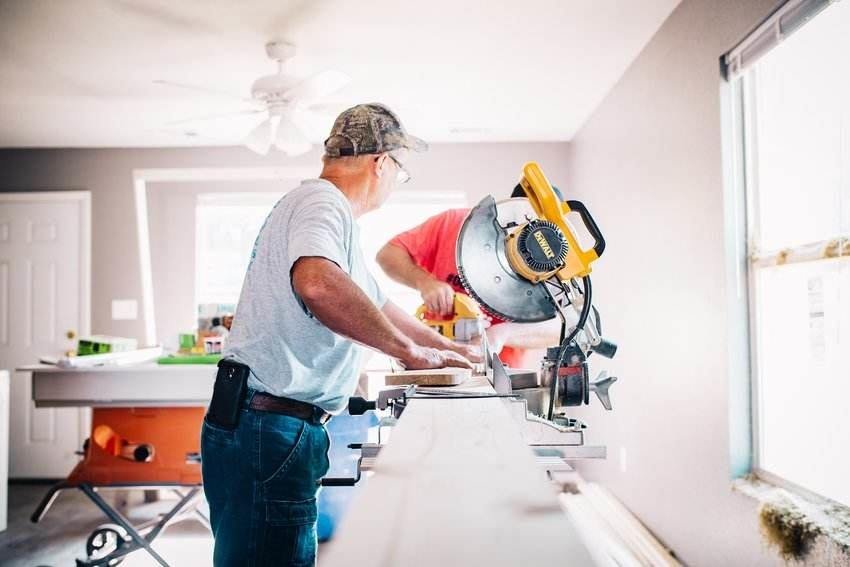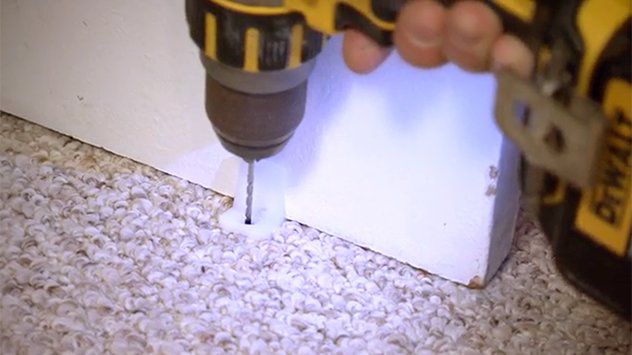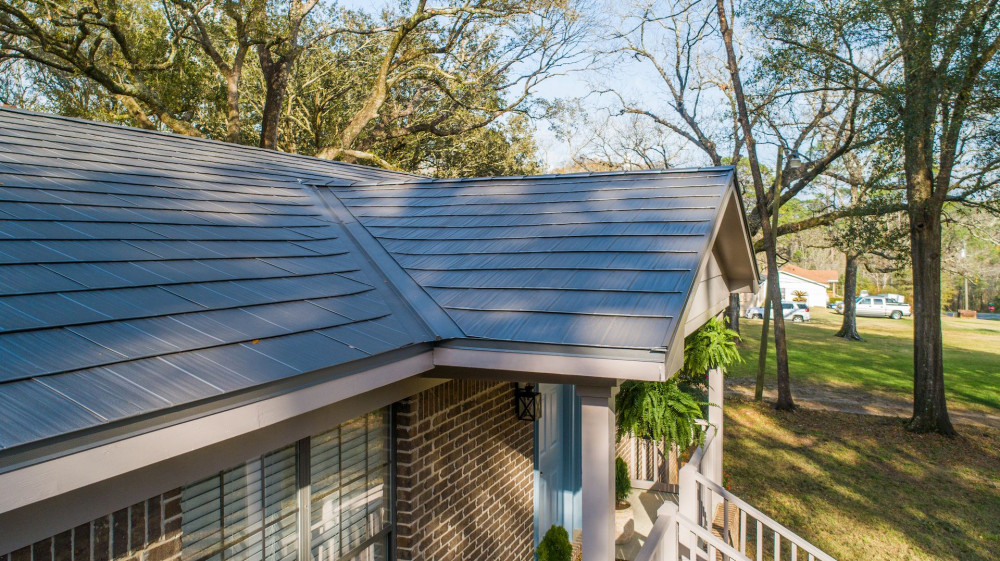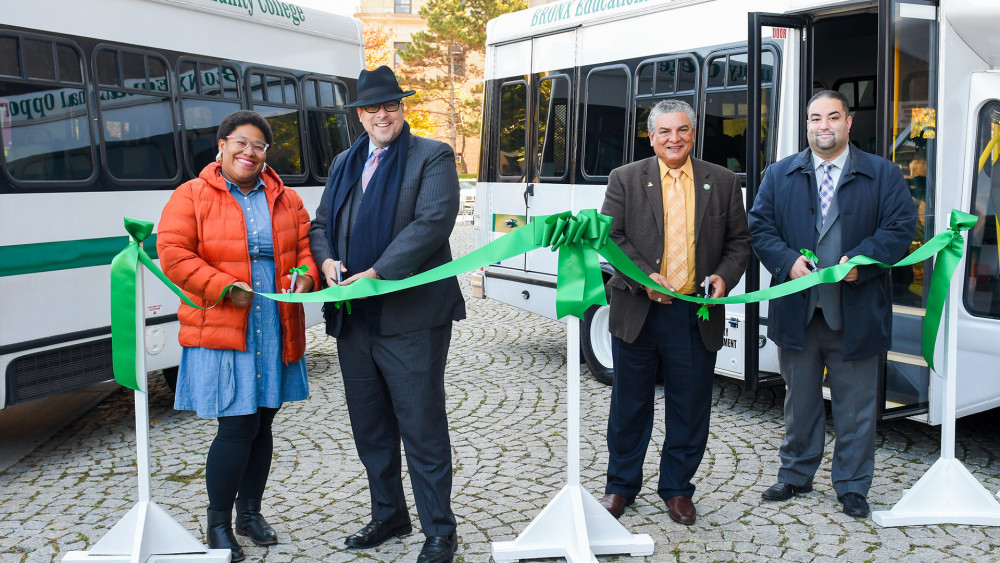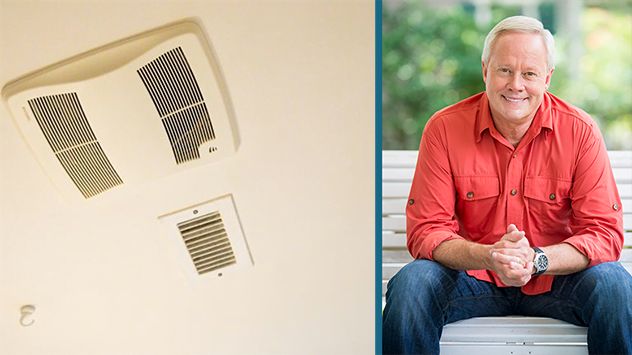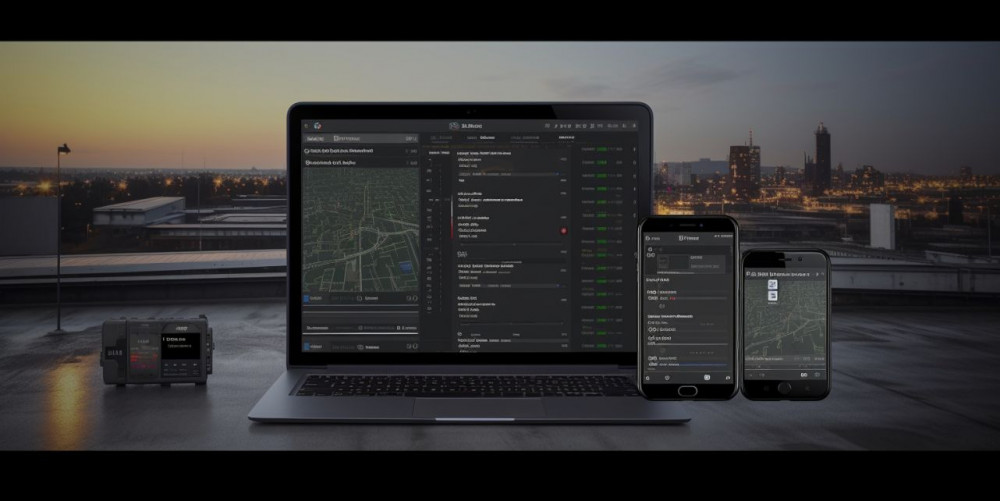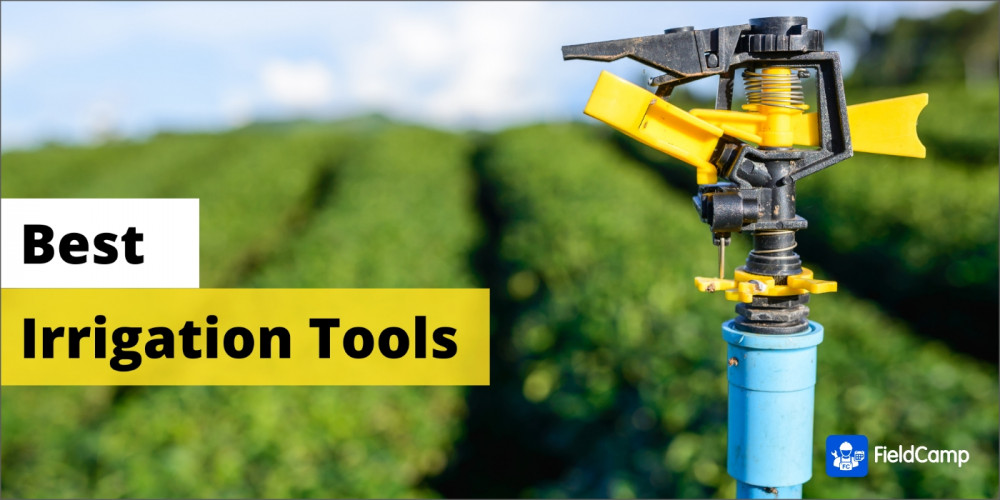Building automation describes the functionality provided by the control system of a building. A building automation system (BAS) is an example of a distributed control system. The control system is a computerized, intelligent network of electronic devices, designed to monitor and control the mechanical and lighting systems in a building.
Most building automation networks consist of a primary and secondary bus which connect high-level controllers (generally specialized for building automation, but may be generic programmable logic controllers) with lower-level controllers, input/output devices and a user interface (also known as a human interface device).
Controllers are essentially small, purpose-built computers with input and output capabilities. These controllers come in a range of sizes and capabilities to control devices commonly found in buildings, and to control sub-networks of controllers.
Occupancy is one of 2 or more operating modes for a building automation system. Unoccupied, Morning Warmup, and Night-time Setback are other common modes.
Lighting can be turned on and off with a building automation system based on time of day, or on occupancy sensors, photosensors and timers. One typical example is to turn the lights in a space on for a half hour since the last motion was sensed. A photocell placed outside a building can sense darkness, and the time of day, and modulate lights in outer offices and the parking lot.
Most air handlers mix return and outside air so less temperature change is needed. This can save money by using less chilled or heated water (not all AHUs use chilled/hot water circuits). Some external air is needed to keep the building's air healthy.
The less efficient type of air-handler is a "constant volume air handling unit," or CAV. The fans in CAVs do not have variable-speed controls. Instead, CAVs open and close dampers and water-supply valves to maintain temperatures in the building's spaces. They heat or cool the spaces by opening or closing chilled or hot water valves that feed their internal heat exchangers. Generally one CAV serves several spaces, but large buildings may have many CAVs.
A more efficient unit is a "variable air volume (VAV) air-handling unit," or VAV. VAVs supply pressurized air to VAV boxes, usually one box per room or area. A VAV air handler can change the pressure to the VAV boxes by changing the speed of a fan or blower with a variable frequency drive or (less efficiently) by moving inlet guide vanes to a fixed-speed fan. The amount of air is determined by the needs of the spaces served by the VAV boxes.
Another variation is a hybrid between VAV and CAV systems. In this system, the interior zones operate as in a VAV system. The outer zones differ in that the heating is supplied by a heating fan in a central location usually with a heating coil fed by the building boiler. The heated air is ducted to the exterior dual duct mixing boxes and dampers controlled by the zone thermostat calling for either cooled or heated air as needed.
A central plant is needed to supply the air-handling units with water. It may supply a chilled water system, hot water system and a condenser water system, as well as transformers and auxiliary power unit for emergency power. If well managed, these can often help each other. For example, some plants generate electric power at periods with peak demand, using a gas turbine, and then use the turbine's hot exhaust to heat water or power an absorptive chiller.
Chilled water is often used to cool a building's air and equipment.The chilled water system will have chiller(s) and pumps. Analog temperature sensors measure the chilled water supply and return lines. The chiller(s) are sequenced on and off to chill the chilled water supply.
Cooling tower(s) and pumps are used to supply cool condenser water to the chillers. The condenser water supply to the chillers has to be constant so, speed drives are commonly used on the cooling tower fans to control temperature. Proper cooling tower temperature assures the proper refrigerant head pressure in the chiller. The cooling tower set point used depends upon the refrigerant being used. Analog temperature sensors measure the condenser water supply and return lines.
The hot water system supplies heat to the building's air-handling unit or VAV box heating coils, along with the domestic hot water heating coils (Calorifier). The hot water system will have a boiler(s) and pumps. Analog temperature sensors are placed in the hot water supply and return lines. Some type of mixing valve is usually used to control the heating water loop temperature. The boiler(s) and pumps are sequenced on and off to maintain supply.
Many building automation systems have alarm capabilities. If an alarm is detected, it can be programmed to notify someone. Notification can be through a computer, pager, cellular phone, or audible alarm.
- Common temperature alarms are: space, supply air, chilled water supply and hot water supply.
- Differential pressure switches can be placed on the filter to determine if it is dirty.
- Status alarms are common. If a mechanical device like a pump is requested to start, and the status input indicates it is off. This can indicate a mechanical failure.
- Some valve actuators have end switches to indicate if the valve has opened or not.
- Carbon monoxide and carbon dioxide sensors can be used to alarm if levels are too high.
- Refrigerant sensors can be used to indicate a possible refrigerant leak.
- Current sensors can be used to detect low current conditions caused by slipping fan belts, or clogging strainers at pumps.
Room automation is a subset of Building automation and like it, is the consolidation of one or systems under centralised control but in this case in just one room .
